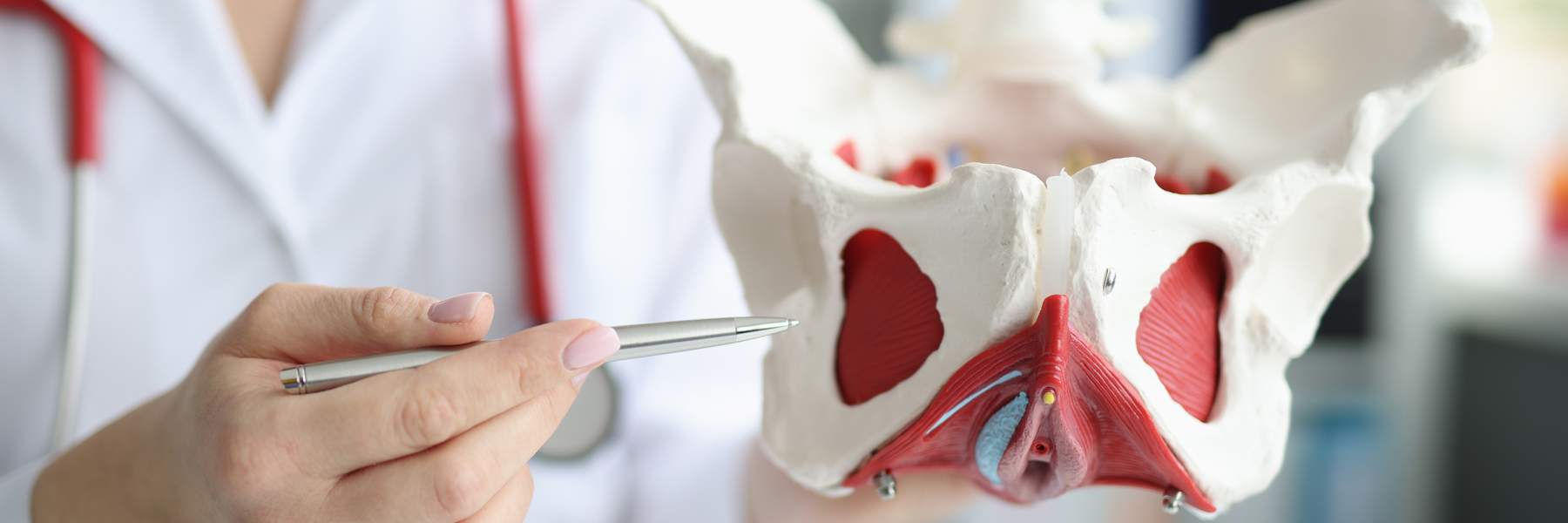Many people with endometriosis conceive and have their families without difficulty when they are ready. Others struggle to conceive. This article looks at how endometriosis may affect fertility and what can be done about it.

How does endometriosis affect fertility?
Just because you have endometriosis doesn't mean that you will need fertility treatment. Many people with endometriosis are able to conceive quickly or experience a slight delay in conceiving. However, there are some factors that may affect your ability to conceive when you want to.
What factors might affect fertility?
- A lower than average number of eggs in the ovary
- Pain with sexual intercourse
- Pain at ovulation
- Inflammatory factors in the pelvic fluid and uterus that make it a tougher environment for egg, sperm and embryos
- Surgery which may in some cases create adhesions and lower egg numbers
- A lining of the womb that is less responsive to the progesterone hormone. Progesterone makes the lining of the womb receptive to an embryo
- Fewer eggs collected at IVF
- More variation in the quality of eggs
- Changes to the anatomy of the pelvis (for example the ovary may be stuck down to the back of the womb)
All of these factors delay rather than prevent conception, and, for many with endometriosis, fertility treatment is not part of their journey. For others, delay to conception, accompanied with lower egg numbers (and sometimes unrelated fertility factors like a sperm issue), means that they need to get fertility advice.

Finding a fertility doctor
Your general practitioner will be able to help you find a fertility doctor with experience in treating endometriosis. Fertility doctors have different levels of training and can be distinguished by the letters after their name. They include:
- Certificated Specialists in Reproductive Medicine and Infertility (FRANZCOG, CREI). These doctors are qualified obstetricians and gynaecologists who have specialised in fertility treatment which is the majority of their practice.
Find a specialist doctor - Gynaecologists who have fertility as part of their practice but also deliver babies and perform gynaecological procedures (FRANZCOG). Many have done a Master’s degree in Reproductive Medicine (MRM)
Find a gynaecologists
It is important that your doctor understands the fertility implications of endometriosis, is supportive of you and your partner should you have one, and can explain the different options you have for fertility care. The pregnancy success rates of IVF units are available on the IVF success website.
Your Fertility is a website that provides information on actions you can take to improve your fertility.
Fertility options that you may be offered
1. The natural option – optimising your chance of a natural conception
Natural options that may be suggested include:
- Optimising your health: there are lots of ways to improve your health and the health of eggs, sperm and embryos – these will help any fertility treatment you undertake and will help you live longer!
- Physiotherapy and pelvic floor muscle relaxation exercises to help with painful sex during ovulation.
- Tracking your ovulation: you can work out when you ovulate by using ovulation kits from pharmacies and most fertility services will track cycles using blood tests and scans. If you think you are not ovulating, tablets and other medications are available to ensure an egg is being released from the ovary each month.
When trying to conceive, periods can’t be suppressed and repeated painful periods can trigger pain pathways and be quite distressing. For this reason, reducing time to conception is particularly important to consider in endometriosis, so it is worth investigating and diagnosing other fertility factors early (e.g. a male factor issue).

2. IVF – reducing time to conception and preserving fertility
Treatment options with a shorter time to conception (like IVF) can also reduce the number of painful periods you experience. Trying naturally gives you one egg chance per month, whereas options like IVF usually give many egg chances in one month. This is because in IVF the entire group of eggs that start to grow each month are stimulated to grow with hormones and then removed from the ovaries at an egg pickup. These eggs are fertilised in the laboratory and embryos are created and grown in the lab. One egg can then be transferred into the womb.
IVF removes the eggs from the inflammatory environment in the pelvis. There is also an opportunity to freeze excess embryos that are created. If you have a low ovarian reserve, egg freezing may provide an option to have subsequent children if you want a larger family. IVF also provides an opportunity to see the eggs, assess fertilisation and determine how embryos grow. This can provide valuable information about how to improve fertility outcomes. People with endometriosis often have eggs with a range of quality and fewer eggs are retrieved during IVF, but pregnancy rates are similar to other types of fertility problems. This is because only one great embryo is needed to create a pregnancy.
3. Surgery – managing pain and improving conception
Surgery removes endometriosis lesions from the pelvic cavity, which reduces inflammation and restores the anatomy of the reproductive organs. Although there is only one egg chance of conception each month trying naturally, surgery improves the chance of conception by 10% (Cochrane review - Figure 5). Pain symptoms can be improved as well.
Surgery to the ovaries can reduce ovarian reserve (the number of eggs stored in your ovaries), so it is important to weigh the benefits of surgery (pain relief and improved chance of natural conception) with the disadvantages (the need for recovery time and the risk of lower egg numbers). It is possible to freeze eggs and embryos before surgery. Experienced endometriosis surgeons and fertility doctors will be aware of the risks and benefits and often work together to maximise fertility, minimise pain and reduce time to conception.
4. Other fertility options?
Intrauterine insemination or IUI
In an IUI cycle, ovulation is tracked or induced with medication and sperm is processed in the laboratory, then introduced into the cavity of the uterus so sperm can be concentrated around the egg. IUI can be helpful if sex is painful, if it is difficult to determine ovulation, or if couples are apart for periods of time (for example fly in, fly out occupations). IUI doesn’t change the environment of the pelvis and is limited to one or two egg chances a month. Pregnancy rates with IUI are a few percentage points higher than natural conception.
Poppyseed oil – oil contrast media or lipiodol
The patency (openness) of fallopian tubes is assessed by flushing fluid through them and recording their patency using X-rays or ultrasound. Evidence suggests that couples with unexplained fertility problems (unexplained fertility is commonly due to endometriosis that has not been diagnosed) have a higher chance of pregnancy at 6 months when a poppy seed oil flush is used compared to those that used normal saline. Although more research is needed to formally determine its role in endometriosis, poppy seed oil tubal flushing is a treatment that can be offered to improve fertility. The main issue with any tubal flush is pain and discomfort at the time of the procedure so it is worth taking pain medications prior to the procedure. The cost of the poppy seed oil is also a consideration.

 Skip to main content
Skip to main content